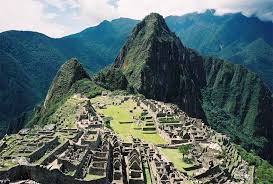
1. Machu Picchu (Peru): the lost city of Incas
Machu Picchu (Old Mountain) is a location of pre-Columbian Inca ruins located in the mountains at an altitude of about 2350 m. Machu Picchu is above the Urubamba Valley in Peru, about 70 km northwest of Cusco.
Machu Picchu (Peru): the lost city of Incas
This site was forgotten by the international community, but not by the local community. This site re-discovered by archaeologists from Hiram Bingham III, Yale University who discovered it in 1911.
2.Angkor Wat (Cambodia): The World's Largest religious temple

Angkor is a series of locations in the capital of the Khmer Empire long period from the 9th century until the 15th century AD. Puingnya located in the woods and fields of land north of the Great Lake Tonle Sap, near Siem Reap, Cambodia today, and is a UNESCO World Heritage Site. The temples at Angkor Wat, is now largely been restored, is part of the sample Khmer architecture.
3. Ancient Egypt is an ancient civilization in northeastern Africa
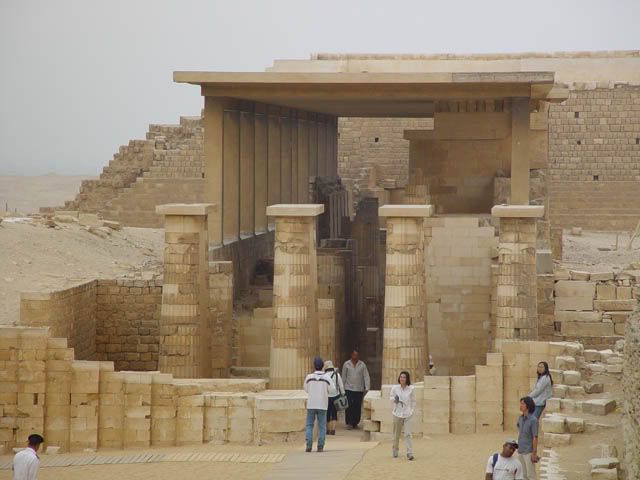
Civilization is concentrated along the middle to downstream reaches of the Nile which glory in around the 2nd century BC, during the so-called New Kingdom periods. The terrain covers the northern Nile Delta region, up to Jebel Barkal at the Fourth Nile Cataract. At some particular time, Egyptian civilization extended to the southern Levant, the Eastern Desert, Red Sea coast, Semenajung Sinai and Western Desert (focused on the several oases).
Ancient Egyptian civilization flourished during approximately three and a half centuries. Starting with the initial unification of existing groups in the Nile Valley around 3150 BC, this civilization is traditionally considered to end in about 31 BC, during the early Roman Empire conquered and absorbed the territory of Egypt Ptolemi as part of the Roman province. Although this is not the first foreign occupation of Egypt, the period of Roman rule caused a political and religious changes gradually in the Nile Valley, which effectively marked the end of the development of an independent Egyptian civilization.
4. Petra (Jordan): structure Carved stones into rocks

Petra is a city founded by carving the stone walls in Jordan. Petra comes from the Greek word meaning 'rock'. Petra is the symbol and protection techniques.
This word refers to the city building made of stones in the Wadi Araba, a valley bercadas in Jordan. The town was founded by digging and carving the rocks as high as 40 meters.
Petra was the capital of Nabatean kingdom. Founded in 9 BC-40 AD by King Aretas IV as a city that is difficult to penetrate the enemy and secure from natural disasters such as sandstorms
5. Palmyra (Syria): the bride of the desert

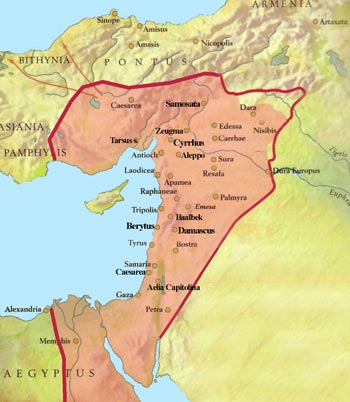
Palmyra was once an important city in Syria, located in an oasis 215 km northeast of Damascus. Formerly known by name of Tadmor (Arabic). The city was first located near the hot springs, Afga, and is an ideal haven for the group of travelers from Iraq - Al-Sham (skrng Syria, Lebanon, Holy Land, Jordan). Distinguished strategic location made Palmyra became famous and prosperous kingdom in its time the 2 nd century BC.
6. Pompeii (Italy): Buried by volcanoPompeii


Volcano Pompeiadalah an ancient Roman city that has been in ruins near the city of Naples and now in the region of Campania, Italy. Pompeii was destroyed by the eruption of Mount Vesuvius in 79 AD Vesuvius eruption of dust piled the town of Pompeii with everything in it as deep as several feet causing this city lost over 1,600 years before it was rediscovered by accident. Since then digging again this city provides an exceptional view of detailed information on the life of a city in the heyday of the Roman Empire. Today, the city of Pompeii is one of UNESCO World Heritage Site
7. Palenque (Mexico): one of Mayan's most EXQUISITE cities


Palenque is a Mayan city of historic relics which are located in the foothills of Tumbala, Chiapas, Mexico. This historic city is not too big but inside it has bangunan2 with beautiful architecture, patung2, ukir2an wrought by the Maya.
8. Vijayanagar (India): capital of one of the Largest Hindu Vijayanagar templeKerajaan


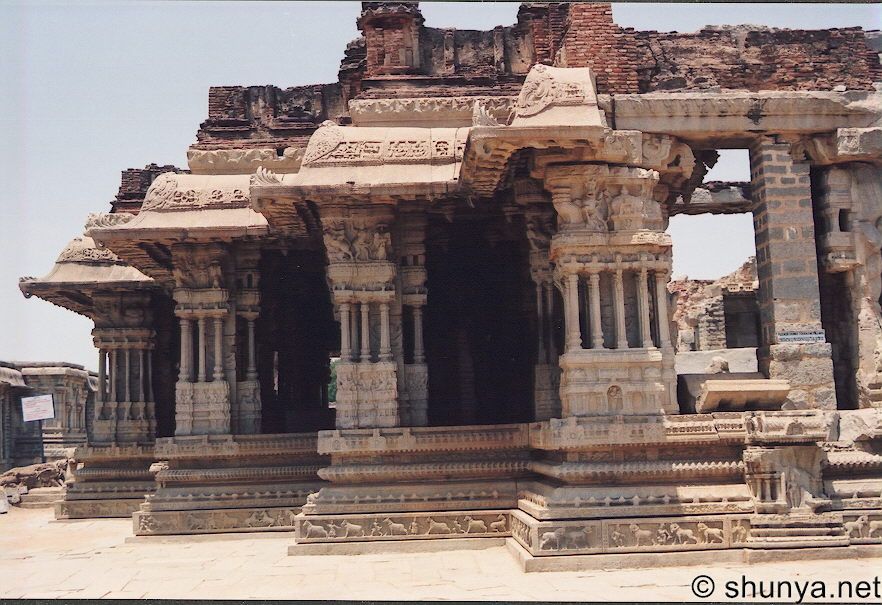
Capital of one of the Largest Hindu Vijayanagar templeKerajaan is an Indian kingdom, since 1336 and is located in the Deccan, South India. Kingdom of Vijayanagar founded by Harihara (Hakka) and his brother Bukka Raya. The kingdom was given a name according to the name of its capital, now the name was changed to Hampi in Karnataka, India. The kingdom was established starting in 1336 and ended pd thn thn 1660.
9. Ephesus (Turkey): one of the most Important cities of early Christianity


Ephesus (Efes Idioms Turkey), the town which stretches along 3 kilometers in the southern town of Selcuk, Izmir province, Turkey. This city was once an important trading center and the center of Christianity until now. The ruins of Ephesus is one of the favorite attractions in Turkey.
10. Sanchi (India): the best-preserved group of Buddhist Monuments

Sanchi is a complex monument precursory golden age in the Buddhist kingdom of Ashoka. If the same today Sanchi stupa, temple, or place of residence of the monks.Sanchi Monuments dr started the 3rd century BC to the 12th century. The most famous is Dr. Sanchi Stupa 1, which was built by the Mauryan king. This monument contains ukir2an who talked about the history of Buddhism.
11.Garden Of Babylon (Jerusalem): The secret garden of Jerusalem

Babylonian astronomers have long been known to excel in the world of ancient civilization. Several thousand years before Copernicus, they have realized that the earth and other planets are round and that they revolve around the sun. With this knowledge they could accurately predict solar and lunar eclipses. Many modern students assume that the Babylonians built their own astronomy, to meet the need for an accurate calculation of their complex science of astrology. Surprisingly, the results of translation theory Babylonian recently indicated that the position and movement of stars and planets are calculated based on a complex equation of civilization Sumerians. The Babylonians seem to have no understanding of the basic theory of this formula, only knowing how to use it.
The Sumerians have even more precise knowledge about the solar system and its position in the universe than inherit the Babylonians who preceded them. Planned their calendar around the beginning of the year 3000SM. Is the model for the current calendar, and they proved to understand some of the problems of astronomy which is more secret.
Example of Earth's rotation, its rotation is not always appropriate rocked on its axis, this causes the shift gradually -1 degrees every 72 years-influenced direction north of the earth's axis. This phenomenon is called the velocity of a top. Great Year-or the time needed north-south axis of the earth down to its original place - is 25,921 years, is calculated by multiplying the 72 years that is passed to shift in their respective degrees to 360 degrees on a full rotation. The Sumerians know about the movement of these tops and find out how long the Great Year - a fantastic job, has had a very long observation of complex and adequate equipment.
The Sumerians are also able to measure distances between stars with very precise.But how could people pre-learn the limits of technology, earth, and even more mysterious, why? As well as a map of the stars who obviously something that is needed for space explorers, but to what makes the Sumerian?
12.Atlantis of plateau land
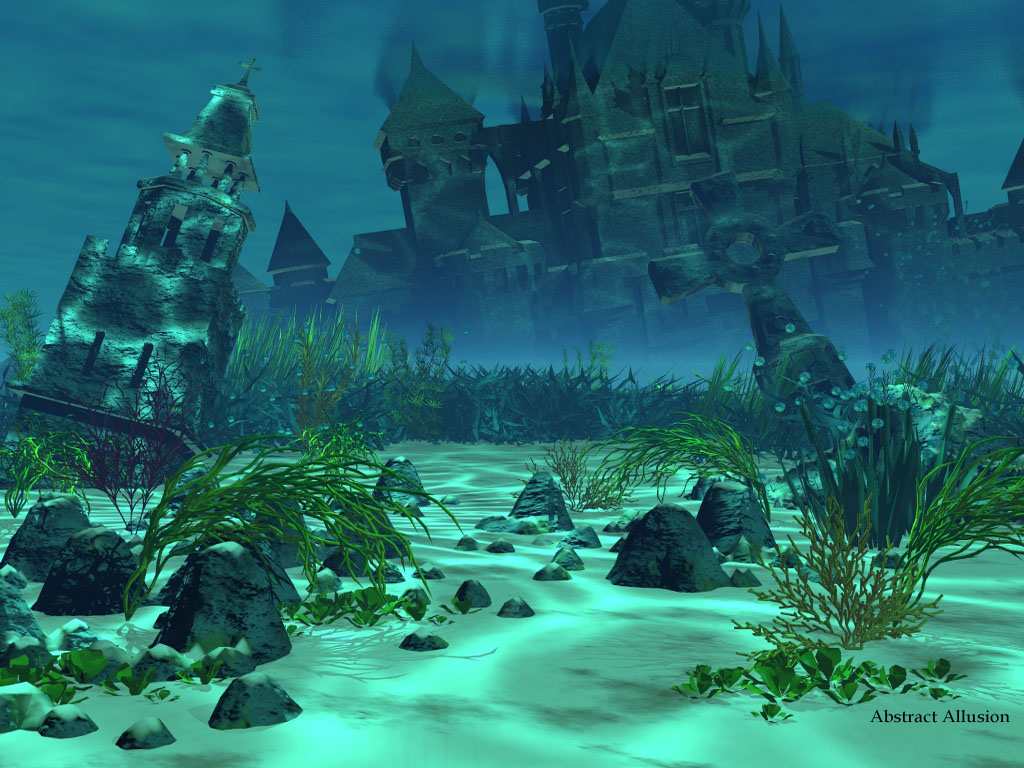


The myth of Atlantis civilization was first coined by an ancient Greek philosophy named Plato (427-347 BC) in the book Critias and Timaeus.
In the book Timaeus Plato tells us that before the strait Mainstay Haigelisi, there is a very large island, from there you can go to other islands,
in front of the islands is entirely inland sea surrounded by the ocean, it is the kingdom of Atlantis. When the new Atlantis will launch a major war with Athens, but Atlantis unexpected sudden onset of earthquakes and floods, not until a day and night, completely submerged under the sea, beyond the great state of high civilization, disappeared overnight.
Elsewhere in the book is the younger cousin of Critias Critias tells the story of Atlantis. Critias was a disciple of the philosopher Socrates, three times he emphasizes the existence of Atlantis in the dialogue. The story comes from oral stories of ancestral man Joepe Critias, while Joepe also heard from a Greek poet named Solon (639-559 BC).
Solon was the wisest of between 7 mahabijak ancient Greece, a time when Solon around Egypt, from where the tomb of ancestor worship knows the legend of Atlantis.
The outline of the story in the book is there a giant continent over the Atlantic Ocean west of the Mediterranean Sea is very far away, the proud with an amazing civilization. He produced gold and silver are innumerable. The palace is surrounded by walls lined by a wall of gold and silver. Bertahtakan palace walls in gold, brilliant and magnificent. There, the level of development
civilization amaze people. Having the ports and ships with perfect equipment, there are also things that can bring people to fly. His rule is not only limited in Europe, even as far as mainland Africa. After the devastating earthquake hit,
tenggelamlah it to the bottom of the sea and its civilization, also lost in the memories of people.
source : http://www.indowebster.web.id/showthread.php?t=9154&page=1
No comments:
Post a Comment